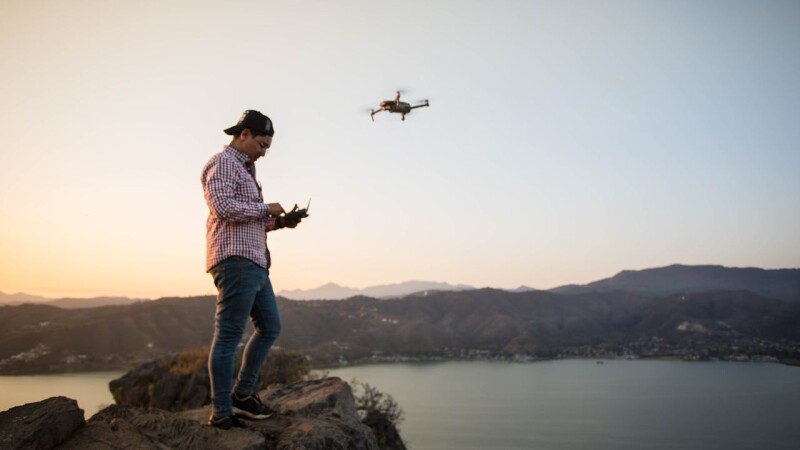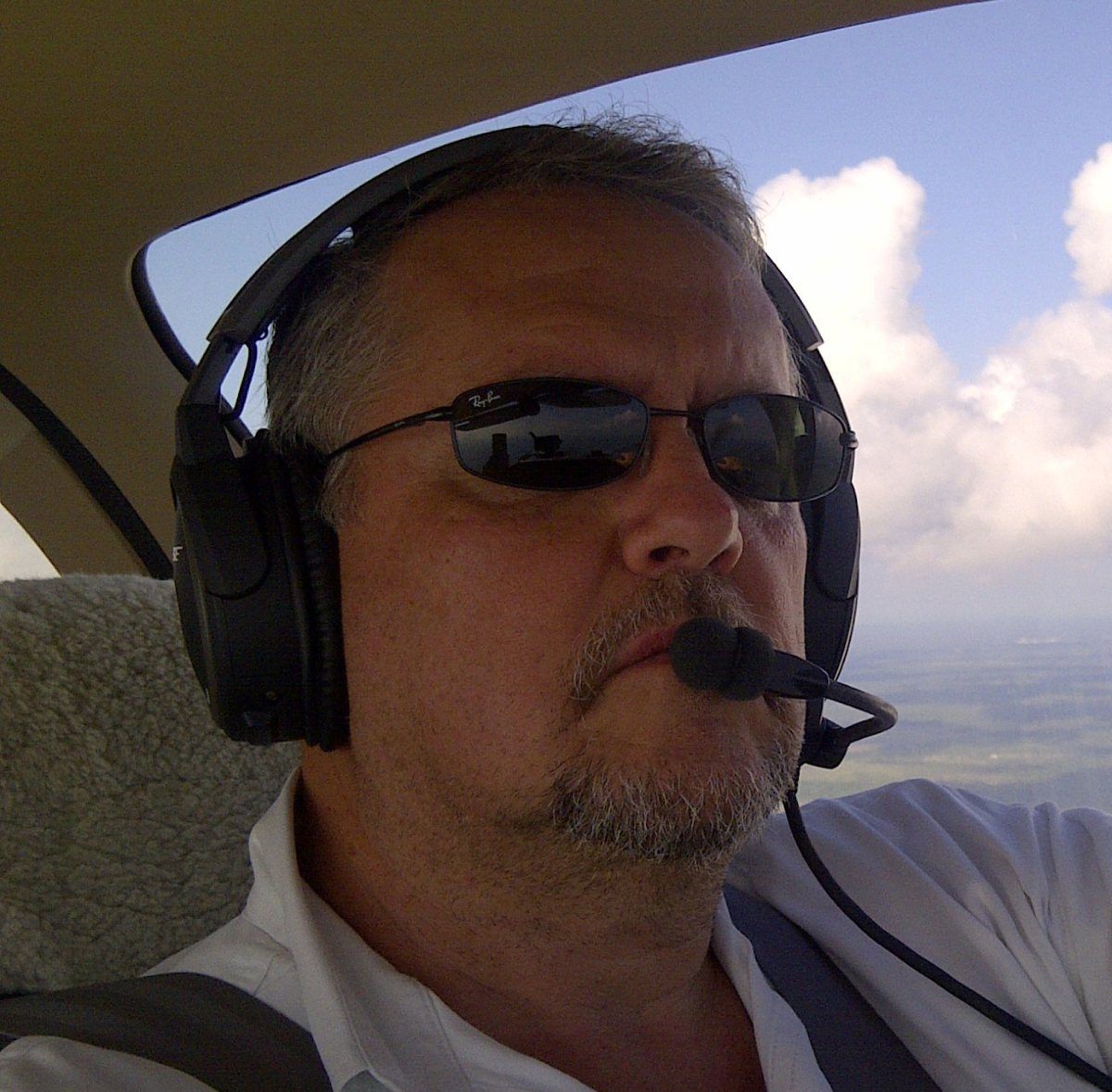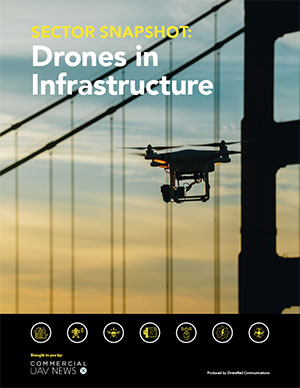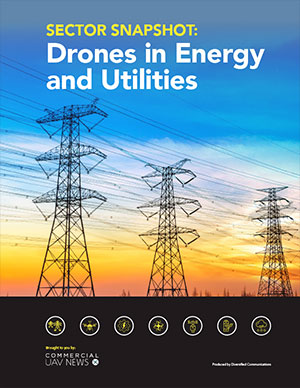For this week’s round-up of commercial drone industry news, we look at the ways industry leaders have reacted to Tuesday's release of the BVLOS NPRM, a long-distance BVLOS medical drone delivery flight in North Dakota, and research into using drones to fight invasive species in Hawaii.
Drone Industry Reacts to the BVLOS NPRM
It’s finally here. This past Tuesday, US Transportation Secretary Sean P. Duffy announced the release of the Notice of Proposed Rulemaking (NPRM) for Beyond Visual Line of Sight (BVLOS) drone operations, a 731-page that the FAA says, “will unleash American innovation [to] safely integrate unmanned aircraft systems (UAS) into the national airspace system.” Response from drone industry leaders has been swift and very positive. Here’s a look at some comments:
- Michael Robbins, President & CEO of AUVSI, stated, “For too long, the United States has lacked a clear regulatory path to expand safe, scalable BVLOS operations. This draft rule is a critical step toward enabling drone operations that will enhance safety, transform commercial services, and strengthen public safety with drones as a force multiplier. A final risk-based BVLOS rule will unlock new commercial and public safety applications, including infrastructure inspections, precision agriculture, package delivery, disaster response, and more, enhancing public safety, driving billions in economic growth, and creating high-quality jobs.”
- Zacc Dukowitz, writing in UAV Coach, said, “The new proposal is also just that—a proposal. Public feedback over the next 60 days will be crucial to ironing out specifics and making sure the rule works for everyone, not just the big players … For now, we’re optimistic. The new rule represents a huge shift from the ‘one waiver at a time’ approach, signaling that after years of slow progress, the FAA is ready to expand routine BVLOS drone operations.”
- On LinkedIn, Aaron Prather, Director, Robotics & Autonomous Systems Program at ASTM International, wrote: “After years of anticipation, the FAA’s BVLOS NPRM lays the groundwork for a more open, accountable, and scalable drone future in the United States. If implemented well, it could catalyze a new wave of growth across sectors from logistics to emergency response—while reaffirming the country’s leadership in aviation innovation … For an industry long held back by red tape, the future is finally in sight. And this time, it’s beyond the line.”
- Liz Forro, Policy Director of the Commercial Drone Alliance, commented, “This proposal represents a significant step toward developing the low-altitude economy in this country, and we welcome the opportunity to fully engage in the policymaking process. Everyone who benefits from drone operations today should raise their voice in support of this progress, and provide concrete advice to regulators on how to further refine the proposal.”
UAVs Help Control Invasive Trees in Hawaii
Entomology Today reports that researchers at the University of Hawai‘i at Hilo and the US Department of Agriculture Forest Service have “tested the use of aerial drones and helicopters to drop T. ovatus gall insects on strawberry guava,” an invasive species that “disrupts ecosystems by increasing erosion, decreasing water recharge, and reducing suitable habitat for native animal species.” T. ovatus gall insects have been proven effective in for biological control of strawberry guava infestations. For a few years, the researchers in have used drones to drop the insects “into the canopy of invasive strawberry guava trees.” Findings from their study, presented in an article published in June in the Journal of Economic Entomology, show that “drones are advantageous over other methods for getting the insects into the trees, such as poles or slingshots.”
Long Distance BVLOS Medical Drone Delivery Flight in North Dakota
From Dronelife comes a report on a long-distance medical drone delivery flight, cited as “a major step forward for drone-based logistics.” According to the story, a mission to deliver medical supplies by drone was successfully completed, covering more than “80 miles beyond visual line of sight (BVLOS) from Williston to Watford City.” Led by iSight Drone Services, the effort was “part of Project RuralReach, a federally funded program aimed at improving rural access to critical services through drone technology.” The Northern Plains UAS Test Site (NPUASTS) and Vantis, North Dakota’s statewide BVLOS network, were also involved.















Comments